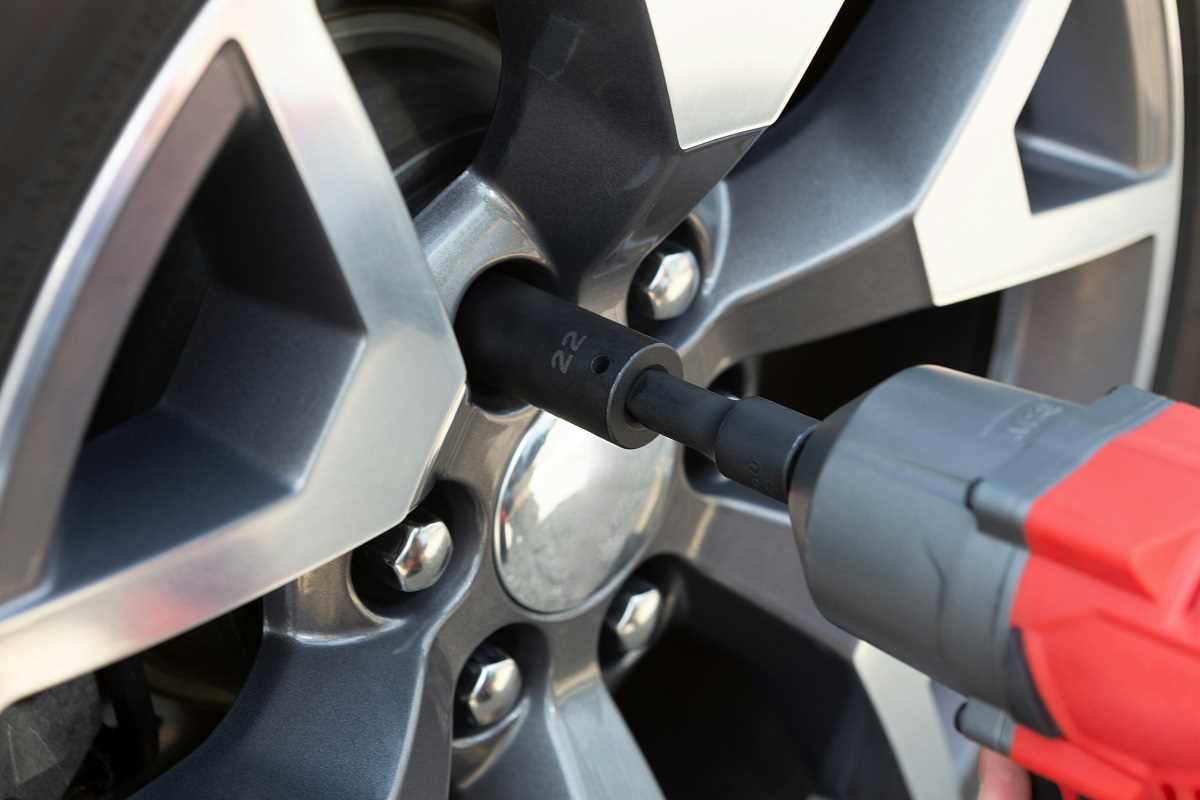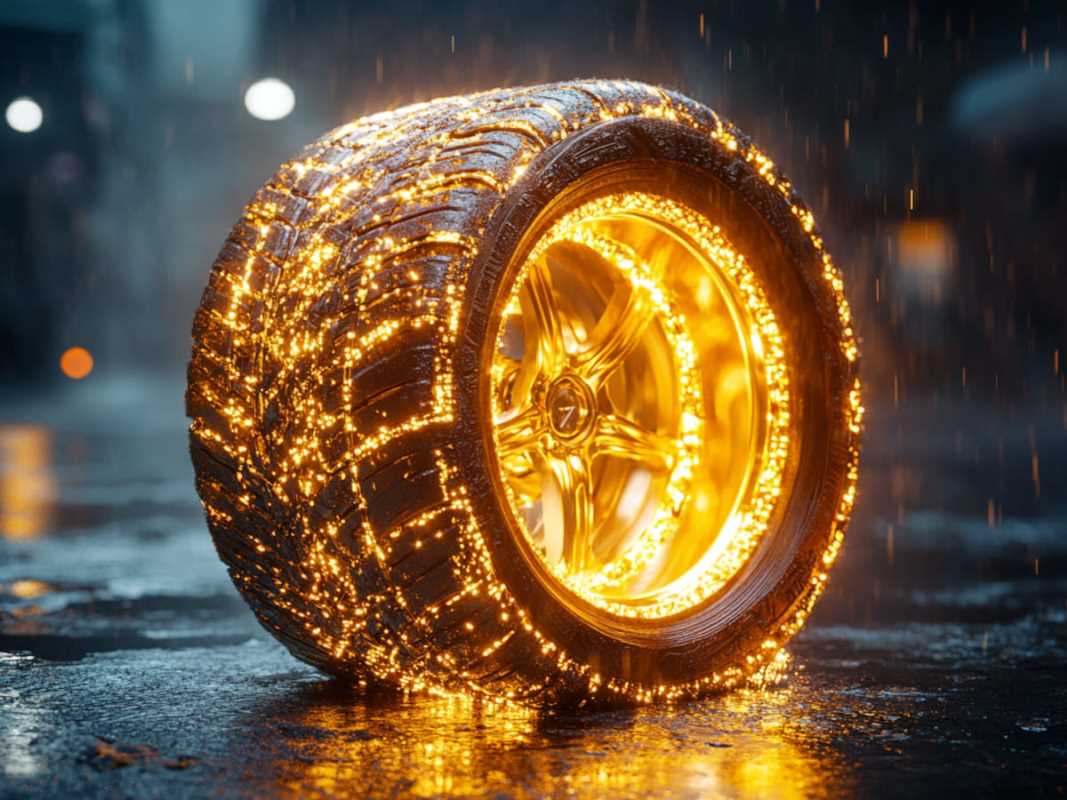We've all been there, standing in a dealership, wondering if this shiny new vehicle will be a long-term relationship or just another expensive fling that ends with us stranded on the highway at 11 PM on a Tuesday. After watching car prices soar to insane heights while quality control seems to have taken an extended vacation, finding a vehicle that won't implode at 100,000 miles has never felt more important. The cars that truly go the distance aren't always the sexiest choices, but they'll be there for you long after the new car smell has been replaced by the vague scent of drive-thru french fries and spilled coffee.
For this list, I've focused on vehicles with proven track records across multiple model years, supported by owner reports, mechanic surveys, and reliability data. These aren't necessarily the most technologically advanced options, nor the most luxurious, they're the workhorses that keep going when others have long since been recycled into Chinese appliances or whatever happens to cars these days. If your priority is getting from point A to point B without drama for many, many years, these are your best bets.
Toyota Camry
The Toyota Camry has become so synonymous with reliability that it's almost a cliché, but clichés exist for a reason. This mid-size sedan has built its reputation through decades of consistent performance and engineering that prioritizes longevity over flash. The Camry's 2.5-liter four-cylinder engine, in particular, is about as drama-free as powertrains get, it's the automotive equivalent of that friend who always shows up on time and never gets involved in complicated relationship drama.
Of course, the Camry isn't without flaws. Its pursuit of reliability means it's rarely at the cutting edge of automotive technology, and its driving dynamics won't exactly set your heart racing. But that's rather the point, it's the automotive equivalent of a well-constructed brick house. Not exciting, perhaps, but it'll still be standing long after trendier designs have crumbled. When you consider that the average American keeps a new car for about six years, it's remarkable that many Camry owners report double or triple that timeframe with minimal issues.
Honda Accord
While the Camry prioritizes no-drama reliability above all, the Honda Accord manages to balance dependability with a more engaging driving experience. The Accord has consistently delivered more responsive handling and driver feedback than its main competitors without sacrificing the long-term durability that matters to value-conscious buyers. It's like finding out that the reliable accountant you hired also happens to be a surprisingly good dancer.
The Accord's interior materials and build quality also support its longevity case. Even high-mileage examples often maintain their interior integrity remarkably well, with fewer rattles and worn surfaces than competitors at similar mileages. This matters more than you might think for long-term satisfaction, mechanical reliability means little if sitting in the car becomes an exercise in tolerating squeaks, creaks, and failing switches after a few years.
Lexus ES
The conventional wisdom says luxury vehicles are maintenance nightmares after warranty, but the Lexus ES spectacularly defies this assumption. Built on Toyota's proven platforms but with additional refinement, the ES demonstrates that luxury and longevity aren't mutually exclusive. It's the automotive equivalent of investing in a high-quality mattress, initially more expensive, but the cost per year makes sense when it's still providing comfort long after cheaper alternatives have deteriorated.
The true test of a vehicle's quality often appears in how it ages, and here the ES truly excels. High-mileage examples frequently retain their refined character, with suspension components that continue to deliver the composed ride owners expect and interior materials that resist wear. Many owners report that even after a decade of use, their ES still feels like a premium vehicle rather than a worn-out luxury has-been, something few competitors can claim with any honesty.
Mazda3
The compact segment has historically been hit-or-miss for reliability, with many entries prioritizing low purchase prices over long-term durability. The Mazda3 breaks this pattern by delivering a vehicle that combines the efficiency and maneuverability of a compact with unexpectedly robust engineering. It's like finding a small apartment with the build quality and amenities of a much more expensive property.
The ownership experience benefits from Mazda's straightforward approach to features and technology. Rather than implementing complex systems that impress in the showroom but create headaches later, Mazda typically focuses on executing core features exceptionally well. The infotainment system, for example, may lack some of the flashier functions of competitors, but its logical interface and proven reliability make it a better long-term companion. If you're the type who keeps vehicles until they're thoroughly used up, this approach makes much more sense than chasing the latest tech that might be obsolete or malfunctioning in a few years anyway.
Toyota 4Runner
In a segment increasingly dominated by car-based crossovers, the Toyota 4Runner stands as a defiant throwback to an era when SUVs were built on truck platforms with off-road capability as a primary design consideration rather than a marketing footnote. This old-school approach to engineering, which many consider outdated, is precisely what makes the 4Runner an exceptional long-term proposition. It's the automotive equivalent of those indestructible Nokia phones from the early 2000s, not the most advanced option, but you could probably run it over with a truck and it would still work.
The 4Runner's body-on-frame construction provides inherent durability advantages over unibody designs for certain types of use. The separated chassis absorbs and distributes impacts more effectively, reducing stress on the vehicle's structure during off-road use or when navigating the increasingly apocalyptic potholes that pass for roads in many American cities. This construction method also simplifies certain repairs, as components can often be addressed individually rather than affecting the entire structure.
Here's what makes these vehicles go the distance:
- Proven mechanical components with minimal changes between model years
- Powertrains designed with significant mechanical overhead rather than being optimized for maximum output
- Simple, serviceable designs that prioritize durability over cutting-edge features
- Strong parts availability and aftermarket support
- Conservative engineering that evolves through refinement rather than revolution
- Rust protection and material choices appropriate for long-term durability
- Transmission designs that prioritize reliability over additional gears or theoretical efficiency
The 4Runner's interior prioritizes function over luxury, with materials selected for durability rather than initial impressiveness. Physical buttons and knobs predominate over touch interfaces, and the overall design emphasizes accessibility and long-term usability. While this approach creates a cabin that some critics describe as dated, it results in an environment that ages gracefully and continues functioning as intended long after more fashion-forward interiors have developed issues.
What Makes These Cars Different
Engineering philosophy is perhaps the most significant factor separating the ultra-reliable from the merely adequate. The vehicles on this list come from manufacturers that typically prioritize evolutionary rather than revolutionary changes, building upon proven components rather than constantly reinventing their platforms. This approach means that most major issues are identified and resolved early in a design's lifecycle, with subsequent years benefiting from accumulated refinements.
The irony is that as vehicles become more technologically advanced, the principles that create true longevity remain stubbornly old-fashioned: robust engineering margins, material quality, assembly precision, and design simplicity. Perhaps that's why we Gen Xers find ourselves drawn to these reliability champions, like us, they're built on fundamentals that endure regardless of whatever new trend is currently being hyped. In a world of planned obsolescence and disposable everything, a car that's engineered to last decades feels almost like an act of rebellion. A very practical, sensible rebellion, but rebellion, nonetheless.
 (Image source: Midjourney)
(Image source: Midjourney) 
.jpg)




